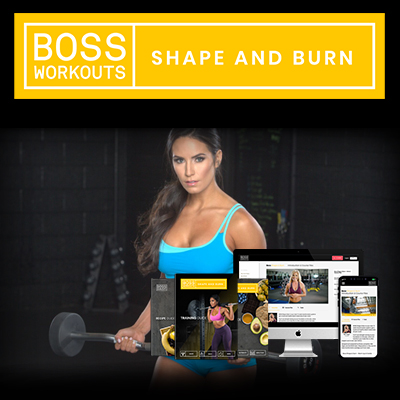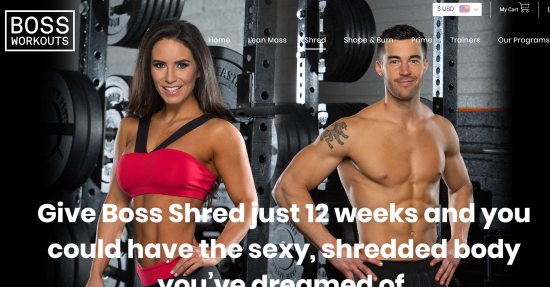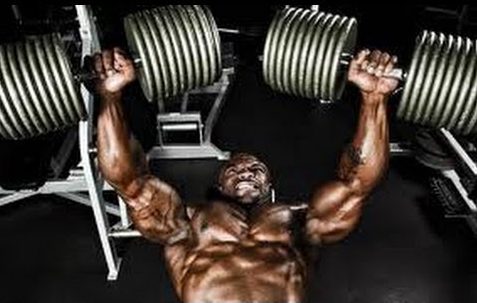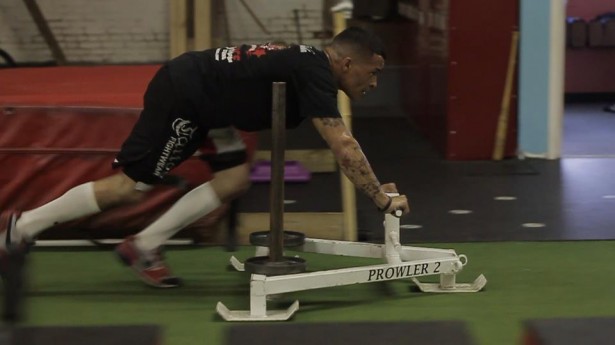Sick of workouts that are either all cardio or just random Pinterest circuits? If your goal is to build a lean, strong, athletic body, you need a plan that actually trains like one, not something designed to keep you sweating in place.
The truth is, most training programs for women either underdeliver on results or totally ignore strength training. That’s a problem. Strength is what shapes your physique, boosts your metabolism, and gives you that confident, capable look.
This 3-day workout split was built specifically for women who want to look athletic, not bulky, not skinny, but strong, powerful, and balanced. It hits the right mix of strength, aesthetics, and performance in just three efficient sessions per week.
This isn’t guesswork. It’s based on real programming principles and experience coaching women who want more than just “toned arms.” It’s simple to follow, easy to recover from, and most importantly, it works.
Let’s break down the split.

Why Women Want an Athletic Body Over Any Other Body Type
Getting “skinny” isn’t the goal anymore, and neither is getting overly bulky like a bodybuilder. More women are realizing that an athletic body is the perfect balance, lean, strong, and powerful without looking too big or too thin.
This isn’t about starving yourself or lifting heavy just to pack on muscle. It’s about training for performance while building a body that looks as good as it moves.
A traditional bodybuilder physique isn’t practical for most women. It requires extreme dieting, hours of isolation exercises, and a level of muscle mass that can start to feel restrictive. On the other hand, trying to stay as lean as possible with endless cardio just leaves you weak and burned out.
The athletic look is different, it’s about developing muscle in the right places, staying functional, and keeping a natural, balanced shape.

Training like an athlete also makes your body more resilient. Instead of constantly worrying about weight gain or muscle loss, you build strength, endurance, and power in a way that works with your body, not against it. Your metabolism stays high, your energy levels improve, and you develop real-world strength that makes everyday life easier.
If you don’t want to be rail-thin or overly bulky but still want defined muscles, strength, and confidence, then training for an athletic body is the way to go. It gives you the best of both worlds. lean muscle, functional strength, and a look that is fit, powerful, and sustainable for life.
Day 1: Lower Body Power & Strength
If you want legs that are strong, powerful, and actually useful, this is how you train. We’re not here for flimsy, high-rep leg presses or bouncing around in a Pilates class. This is real lower-body training, the kind that builds muscle, explosive speed, and raw athleticism.
Main Strength Lifts
- Barbell Back Squat (or Goblet Squat) – 4×6
- Romanian Deadlifts – 3×8
- Bulgarian Split Squats – 3×10 per leg
Power Movements
- Box Jumps – 3×5
- Sled Pushes (or Hill Sprints) – 4 rounds
Core & Stability Work
- Hanging Leg Raises – 3×12 – Control the movement, no swinging. If your grip gives out, congratulations, you need stronger hands too.
- Side Planks with Reach – 3×30 sec per side – Stability, anti-rotation, and oblique strength in one movement. If it feels easy, you’re doing it wrong.
This isn’t a glutes-only influencer workout, this is real training for women who want powerful, capable legs. Crush this session, recover, and get ready for upper body day next.

Day 2: Upper Body Strength & Agility
This workout is all about building real upper-body strength, definition, and power. No fluff, no endless light-weight circuits, just hard-hitting movements that develop a strong, athletic physique. You’ll be pressing, pulling, and moving with speed, making sure your upper body isn’t just for show but actually performs.
Main Strength Lifts
- Dumbbell or Barbell Overhead Press – 4×6
- Pull-Ups or Assisted Pull-Ups – 3×6-8
- Incline Dumbbell Bench Press – 3×10
Athletic Speed & Power Movements
- Med Ball Slams – 3×8
- Battle Ropes – 3 rounds, 30 sec each
Core & Stability Work
- Hanging Knee Tucks – 3×12
- Single-Arm Farmer’s Carry – 3×30 sec per side
This isn’t a “sculpt and tone” workout, it’s about getting strong, explosive, and athletic. Put in the work, recover right, and get ready for Day 3: Full-Body Conditioning & Mobility.
Day 3: Full-Body Conditioning & Mobility
This is where we put everything together, strength, endurance, agility, and mobility. No slow, boring cardio. No wasted movements. Just high-intensity, explosive work that builds real athleticism while keeping your body mobile and injury-free.
Explosive Full-Body Movements
- Kettlebell Swings – 4×15
- Box Jumps – 3×5
Athletic Conditioning Circuit (Repeat 3 Rounds)
- Jump Rope – 1 min
- Dumbbell Thrusters – 12 reps
- Sled Drags (or Bodyweight Bear Crawls) – 20 yards
- Burpees – 10 reps
Mobility & Recovery
- Dynamic Stretches & Foam Rolling
- Hip Flexor Stretch – 2×30 sec per side
This session tests your endurance, pushes your limits, and keeps your body moving like an athlete. Finish strong, recover well, and get ready to dominate your next training session.

Why This 3-Day Split Works
You don’t need to spend six days a week in the gym doing endless workouts to build an athletic body. This 3-day split is all about maximum efficiency, hitting the biggest, most effective movements so you get strong, explosive, and conditioned without wasting time on useless fluff.
It’s not just about lifting weights. This plan builds real athleticism, strength to lift heavy, power to move fast, endurance to keep going, and agility to stay quick and mobile. It’s the difference between just looking fit and actually being able to perform like an athlete.
And the best part? It’s sustainable. No one wants to live in the gym, especially if you have a job, a life, or just better things to do. Three days a week is enough to build muscle, burn fat, and stay in peak shape year-round, without wrecking your schedule or burning yourself out. Train smart, train hard, and get results that actually last.
How to Take It to the Next Level
If you’re crushing this 3-day split and want to push things even further, there are two key ways to level up, adding a 4th day for extra conditioning or mobility work and dialing in your nutrition so your body actually performs and recovers like an athlete.
Throw in a 4th day focused on speed, agility, or mobility to round out your training. This could mean sprint work, sled drags, agility drills, or a full-body mobility session to keep you moving well and injury-free. It’s not about adding more workouts just for the sake of it, it’s about making sure your body stays fast, strong, and balanced.
But training hard means nothing if you’re not fueling your body right. Ditch the starvation diets and eat to perform. That means plenty of protein for muscle recovery, carbs to fuel intense workouts, and healthy fats to keep everything running smoothly. Athletes don’t under-eat, they fuel up so they can train hard and stay lean at the same time.
Train smarter, recover better, and eat like someone who actually wants results. That’s how you build a body that looks and performs like an athlete, long-term.
Related: The Ultimate Guide To An Athletic Body








